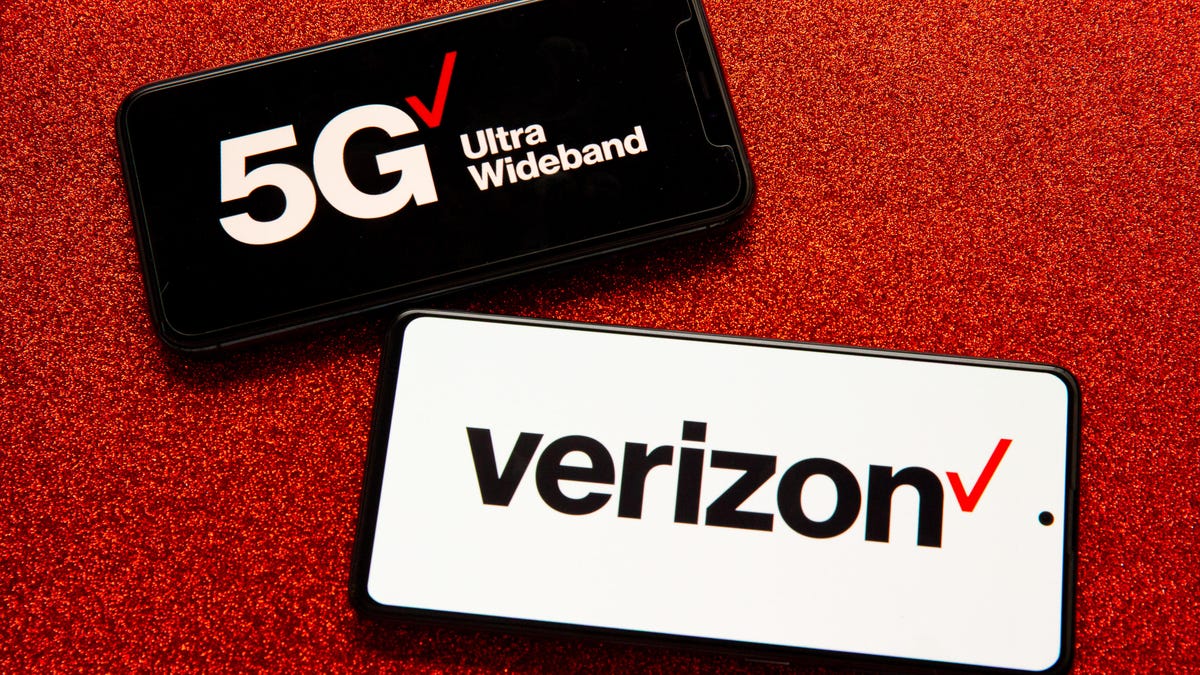Verizon Now Plans to Cover 175 Million People With Its Ultra Wideband 5G This Year
The company is moving forward with its faster network earlier than anticipated.

Verizon is continuing to make progress on its rollout of a faster 5G network. At its annual investor day on Thursday, the company announced an update on its build plans, revealing that it now plans to cover 175 million people with its faster flavors of 5G (what it calls "Ultra Wideband") in 2022.
The news puts Verizon a year ahead of its previously stated goals. Last year, the company said that it would hit the same 175 million goal "over 2022 and 2023." With its recent launch of C-band midband spectrum (one of its Ultra Wideband flavors alongside a higher-frequency millimeter-wave technology), the carrier covers over 100 million people with faster 5G service, which can provide average download speeds of 300Mbps, with peaks of 1Gbps.
A number of Verizon's phones can already take advantage of C-band 5G, including the Samsung Galaxy S21 and S22, and Apple's iPhone 12 and iPhone 13.
Verizon did not, however, provide an update on when it might turn on C-band 5G in areas near airports. The launch of C-band 5G networks earlier this year was met with resistance by the Federal Aviation Administration and the airline industry over concerns that the radio waves might interfere with altimeters used in aircraft.
As part of a settlement between Verizon and AT&T and the aviation industry, the wireless carriers agreed to postpone the launch of C-band networks near airports.
"We continue to work with the FAA and are making good progress on co-existence of 5G and aviation," Bill Stone, Verizon's vice president of technology planning and development, told CNET in a statement. "The great progress is enabling broader 5G deployment and is reducing potential disruption to aviation."
Keeping pace
Thursday's network announcement is notable as Verizon looks to keep up with its rivals' 5G networks. T-Mobile has established a large lead in the 5G network rollout battle thanks to its purchase of Sprint two years ago. Its midband 5G network (which it calls "Ultra Capacity") already covers 210 million people, with the company planning to reach 260 million people by the end of 2022 and 300 million people by the end of 2023.
AT&T is currently in third place when it comes to midband 5G network rollouts (what it calls "5G Plus"), but it has been planning an aggressive launch starting in the second half of 2022 with a goal of reaching 200 million people by the end of 2023.
AT&T is set to host its own investor day next week. T-Mobile has told CNET it is not planning to host an investor day this year.

